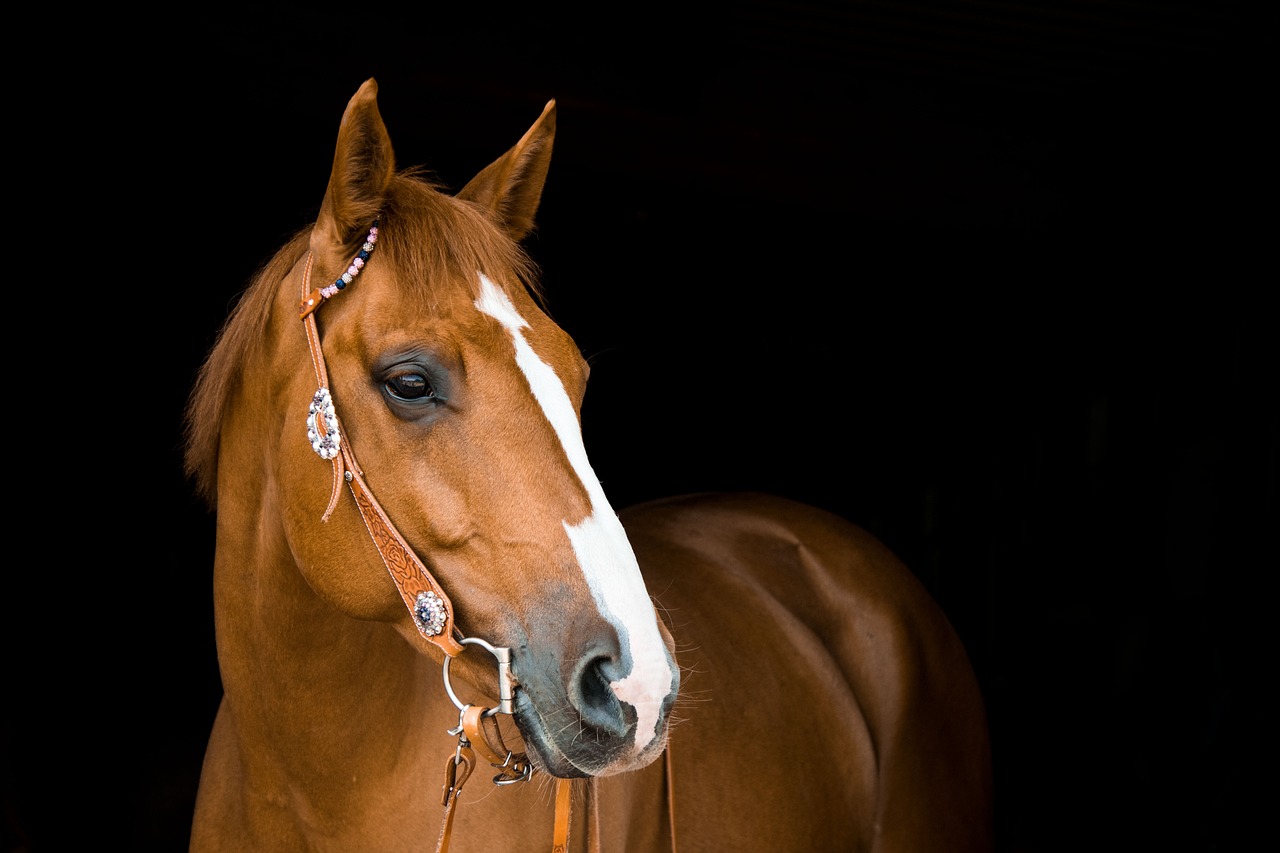Time to break out the sunscreen and fly protection!
People have gotten pretty good at preventing sunburn for themselves by utilizing products like sunscreen, UPF (ultraviolet protection factor) clothing, wide-brimmed sun hats, sunglasses, and more. Did you know that equines may also need similar preventative measures as the days get longer and hotter this summer? Thankfully there are easy and affordable ways to protect your herd from the sun’s rays.
Despite being pasture and plains animals, equines still need protection from the sun. A horse experiencing a sunburn can present with behavioral concerns as well as physical pain and irritation. This can present as sudden head shyness or flinching at physical contact (Slater, 2010), or itching their heads and legs against themselves or their environments (Stegelmeier, 2002). The sunburn itself can look red, be hot to the touch and produce extremely dry or scaly skin patches. As the sunburn worsens, these scaly patches can crack and become open wounds requiring more intensive care and treatment. Just as in humans, long term damage from the summer sun can even lead to cancer in equines (Slater, 2010).
A few breeds and colors are more prone to developing red, irritated, and hot skin from sun exposure (Slater, 2010):
- Gray, pinto and any other light coat colors
- Paints and Appaloosas
- White and light markings like bald faces, snips, stripes, blazes, stockings, and more
Another similar topic to be concerned about with equines and sun exposure is photosensitivity. Where sunburn is more common among horses with nonpigmented skin, photosensitivity affects both pigmented and nonpigmented skin (Slater, 2010). Photosensitivity is defined as “light induced dermatitis caused by heightened sensitivity of the skin to sunlight” and can be caused by medications, drugs, plants, and more (Stegelmeier, 2002). The plants to be most concerned about can be found in weedy, dry, and over-grazed pastures and include common groundsel, ragwort, tarweed, rattlepod, and houndstongue (Loving, 2017).
Whether an equine you know fits the description above or not, the following areas on an equine, no matter their breed or appearance, are at risk for sun damage (Loving, 2017; Stegelmeier, 2002):
- Face especially the muzzle, eyelids, and ears
- Sheath, udders and vulva
- Flanks
- Coronary bands
Not to worry, there are easy ways to implement sun care for our equines. It can be as simple as applying sunscreen frequently throughout the day just as humans do. Be careful about applying sunscreen around the eye as it can be an irritant (Loving, 2017). Don’t hesitate to consult your veterinarian when selecting sunscreen or products to help heal sunburns after they have happened.
Technology has come a long way for UPF clothing in humans and is starting to be utilized in fly masks, fly sheets, and fly boots as well. Utilize a fly mask with ear and muzzle covering to help protect the ears, face, nose, eyes, and lips. A UPF sun sheet and fly boots can help address the flanks, and light-colored markings on the body and legs as well. Suncare can also be as simple as providing access to shade during the sunniest part of the day from 10 am to 4 pm.
While applying sunscreen can seem like another task to complete during an already busy day, it may save your equines from unnecessary discomfort during the hottest months of the year. Time to take out the sunscreen, fly masks and sheets – the sun is starting to shine!
By Alyson Galow
Alyson Galow is a CTRI, member of PATH Intl.’s Equine Welfare Committee, and the equine manager at Free Rein Therapeutic Riding in Spokane, Washington, a PATH Intl. Member Center.
REFERENCES:
Loving, N. S. (2017a, May 11). Burning Up: Photosensitization and Sunburn in Horses. The Horse. [link]
Slater, K. (2010, August 1). Sunburn and Photosensitivity in Horses. The Horse. [link]
Stegelmeier, B.L. 2002. Equine photosensitization. Clinical Techniques in Equine Practice.

